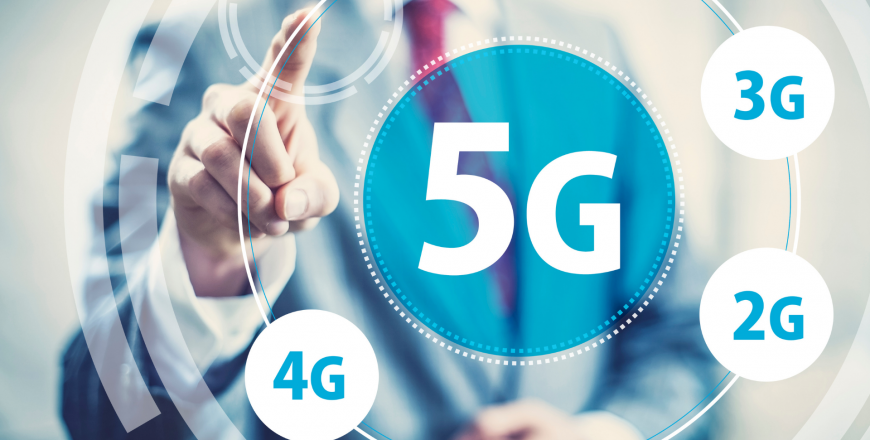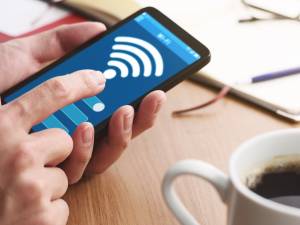An Overview of 3G / 4G / 5G Mobile Networks

Course Overview
Since the early 1970s, the mobile industry has experienced exponential growth, with over 8.58 billion mobile phones in use today and continued expansion expected. This course explores the key factors driving this remarkable evolution and the challenges faced by operators and manufacturers in keeping up with rapid advancements.
With the rise of the Internet and the growing demand for mobile internet services, the landscape of mobile technology has been transformed. This course delves into the evolution of 3G, 4G, and 5G technologies and architectures, highlighting the improvements, new services, and limitations of each generation.
Participants will also gain insights into the future of mobile communications, including emerging technologies, systems, networks, terminals, and applications, with a special focus on the Internet of Things (IoT) and 5G innovations.
Target Audience
- Professionals who wish to understand traditional cellular networks and alternative mobile communication technologies, including 3GPP networks (GSM/UMTS/LTE) and non-3GPP networks (Wi-Fi/WiMAX)
- Professionals who are keen to learn more about the future of mobile communication technologies (e.g. 5G, IoT)
- High level executives who wish to have an overview knowledge of each technology and a better understanding of the industry
Duration & Training Format
- Classroom: 3 days
- LIVE Virtual: 21 hours
*Note:
- A minimum of 8 or more participants is required for a Classroom session to commence.
- A minimum of 6 or more participants is required for a LIVE Virtual session to commence.
- LIVE Virtual courses can be conducted for 5 hours or 7 hours daily. Please note that the number of training days will be extended if you opt for 5 hours daily.
Upcoming Course Dates
There are no upcoming course dates currently scheduled for this course. If you are keen on attending this course, please register your interest and indicate your preferred training dates via our course enquiry form for us to open a Classroom/LIVE Virtual class schedule for this course.
Course Overview
At the end of the course, participants will be able to:
- Explain the fundamentals of cellular and mobile networks and their associated technologies
- Appreciate the differences between cellular networks, including 3G, 4G, and 5G, as well as their evolutionary pathways
- Analyze the benefits and limitations of each cellular network system, including how they interoperate with each other and with other telecommunications systems (e.g., PSTN)
- Acknowledge the distinctions between licensed and unlicensed frequencies, demonstrating an understanding of fixed-mobile systems
- Describe alternative wireless data and voice network technologies (e.g., Wi-Fi, WiMAX, UMA, Het-Net) and explain the significance of mobile offloading
- Recognize the drivers behind the ongoing evolution of mobile networks, technologies, and services, and understand how these trends influence the design and development of mobile devices and applications
- Gain insights into the future of mobile communications, particularly the role and impact of 5G and the Internet of Things (IoT) on the industry
- Use the knowledge gained to analyze real-world mobile communication scenarios, anticipate future developments, and make informed decisions in their professional roles
Course Outline
- 3G Networks: Capabilities, Functions, and Fundamentals
- Basic Concepts of Cellular/Mobile Technologies
- Licensed and Unlicensed Frequencies
- OSI Reference Model and TCP/IP
- Basic 3G and 3G+ Mobile/Cellular Network Architecture and Functions
- Mobile/Cellular Radio Access Network
- Mobile/Cellular Core Switching Network
- Mobile vs Fixed Broadband Technologies
- 4G Mobile Communication Systems
- Differences between 4G and 3G Networks
- Overview of 4G (LTE) Networks
- Interoperation Issues and Strategies for Seamless Service Delivery as a result of the Convergence between 3G and 4G networks
- LTE-Advanced
- Performance and Optimization
- The Evolution of Mobile Networks, Technologies, and Services
- Key Factors Driving the Evolution of Mobile Networks
- Emerging Technologies
- Transition to 5G
- Impact on Terminals and Devices
- The Future of Mobile Communications –5G Technologies and Internet of Things
- Introduction to 5G
- Internet of Things
- Use Cases and Applications
- Challenges and Opportunities associated with the Deployment and Adoption of 5G and IoT
Pre-requisites
NIL



